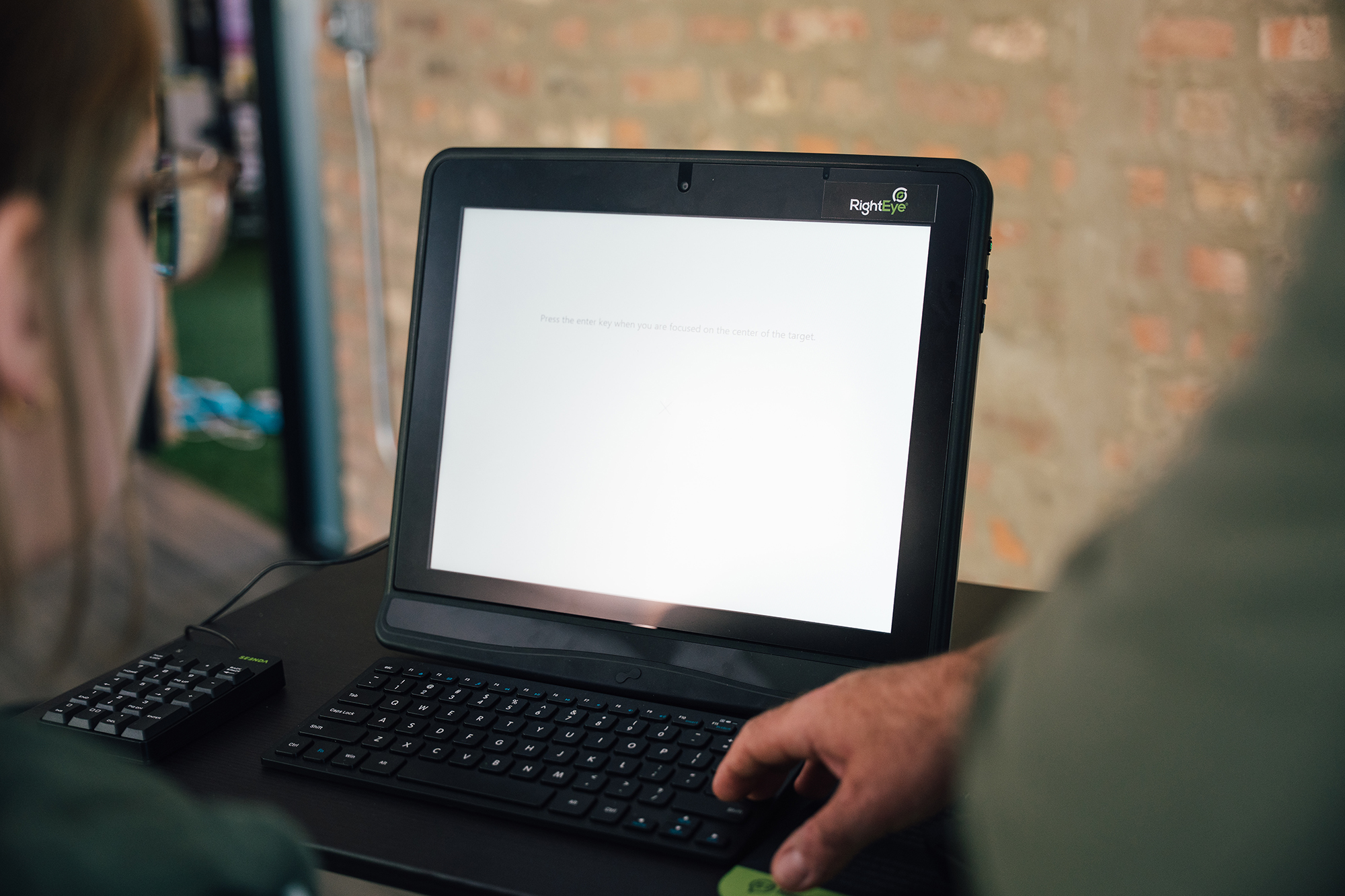Benefits of Neurovisual Baseline Testing
Identification of neurovisual deficits
Neurovisual baseline testing can identify areas of dysfunction that may be impacting performance. These changes can often occur subtly, but add up if unchecked.
More specificity in individualized rehab and performance programs
Objective neurovisual testing can be used to develop targeted training programs challenging reaction, cognitive, and eye-based processing to improve and enhance performance.
Early Detection of Concussions
Neurovisual tests are more sensitive than traditional concussion assessment protocols in detecting concussions, especially in mild cases. By detecting all levels of concussions earlier and with more accuracy, treatment can be started earlier, allowing faster and improved positive outcomes.
Return to Play Decision Making
Neurovisual testing at baseline allows a post-concussive comparison to examine changes. This provides greater granularity when determining when the athlete is ready to return to play compared to only a medical exam or computer test.

NEUROVISUAL TESTING PROCESS
Neurovisual baseline testing typically takes approximately 30 minutes to complete, depending on what is included in the exam. You can expect some or all of the below to be assessed during your baseline testing.
EYE TRACKING tests various aspects of eye movement, such as saccade latency, smooth pursuit eye movements, and fixations.
VISUAL PROCESSING tests the ability to process visual information quickly and accurately.
HAND-EYE COORDINATION tests the ability to accurately coordinate eye with hand movements.
BALANCE tests assess the ability to maintain your center of gravity over your base of support.
NEUROVISUAL TESTING CAN BE IN CONJUNCTION WITH A THOROUGH MUSCULOSKELETAL AND PERFORMANCE ASSESSMENT IDENTIFYING STRENGTH, ENDURANCE, AND MOBILITY IMBALANCES.
REPORTING
After testing is complete, a report will be generated, including baseline data, and identified areas of concern. You will be provided suggestions for targeted neurovisual training exercises and programs. The report will be easy to interpret and will be sent to medical practitioners and performance staff as indicated.
Make an appointment
Prior to your scheduled visit, we ask that you complete our new patient forms, and bring them with you to your appointment.
